During 2009, I did a volunteering project in Malaysia. The following is a collection of posts and photos I have published between September 2009 and November 2009.
Corporate Social Responsibility with a Twist
In a few weeks I’ll be leaving on another great trip… this time not for tourism but on a much more serious challenge. Together with eight other great people from around the world (Yolanda, Maya, Priscilla, Etienne, Masaru, Trin, Kevin, Dennis) I’ll be part of a Corporate Service Corps team to Malaysia.
Corporate Service Corps (CSC) is IBM Corporation’s unique take on corporate social responsibility: it couples community services with business growth and leadership development. In association with nongovernmental organizations, small teams of selected IBM volunteers are dispatched to countries such as Ghana, Vietnam, Romania or Malaysia to perform community-driven economic development projects. Instead of donating basic goods and funds, IBM delivers professional expertise, with a focus on results and capability building, in what could potentially become emerging markets. In addition, the Corporation’s high performance employees are exposed to diverse cultures, global teamwork, non-traditional working environments and sustainable business practices… in a nutshell the context 21st century business leaders have to learn to work in.
During the last two months, together with my team, I’ve trained on a wealth of topics from cultural awareness (Malaysia is a melting pot of cultures!) to international development, capability building and consulting. Two more weeks of preparation and then I’ll be helping health and education organizations in Malaysia’s northern region of Penang.
I’m extremely excited, a bit worried about the challenge, but for sure looking forward to get on the field… so stay tuned for the story on this whole new adventure.
Malaysia Here I Come!
In a few days I will finally be leaving for Malaysia on a volunteering program. Needless to say I’m very excited and more and more conscious, as departure approaches, this will prove a great experience from which I will learn a lot.
Now that I think of it, it’s the first time I prepare so thoroughly for a trip to a foreign country. Usually, I don’t have much time to prepare before traveling and end up reading at night when I’m already in place or simply learning things directly “on the field”. In this case, I’ve spent the last two months acquiring knowledge on all aspects of Malaysia (from history and culture to politics, business and economy) and currently I feel quite prepared on what I’ll find. Probably this will allow me to appreciate incredibly more the country and its people and understand at a deeper level the different cultures that compose Malaysia. On the other hand, I’ve already satisfied part of my curiosity and the sense of novelty and surprise I usually experience in most trips will be less intense.
Nonetheless, this trip is like no other I’ve made in the past. I’m not going for tourism but for volunteering community services, I’ll stay longer (about one month and a half) and most of the time in the same region and, finally, I’ll be exposed much more to local population. This difference makes the experience incredibly exciting to my eyes.
Finally, as I do often, I’ve been “exploring” Malaysia on Google Earth: discovering all the different natural environments that make up the northern peninsula but also getting to know the cities present throughout the land. I always find this “day dreaming” from the sky fascinating and undoubtedly it helps me getting familiar with the country. Looking at the peninsula, I’ll be staying in the northwestern coastal area, specifically on the island of Penang. Below you can find a map which gives you and idea of what I’m talking about.
Getting to Know Penang
I’ve arrived yesterday on the island of Penang in northwestern Malaysia. The island is relatively small, with hills in the center and covered with deep green vegetation. The town is on the eastern side, with a lively city center and historic neighborhoods in the north (where the British initially settled in late 18th century) and a more modern and functional area to the south with the university and airport. I’m on a slow path of discovery but already like the place… in the photo below a rickshaw in Georgetown’s Little India.
Nine Emperor Gods Festival in Penang
Last night I went to Georgetown to watch the Nine Emperor Gods Festival (Kew Ong Yeah). This Chinese festival is one of the most important in Penang and is celebrated on the 1st till the 9th day of the Nine month in the Lunar calendar. During these 9 days many devotees go on vegetarian diet and on the ninth day a big procession is held.
This year there were 20 floats, all richly decorated and full of colored lights, which slowly moved through the streets of Georgetown’s historic center to finally reach the Weld Quay on the eastern waterfront of the town (in the photo below one of the floats). Together with the floats a number of devotees processed along: some in a state of trance, some whipping the air with weaved whips, some with very long spears stuck into their cheeks. All around firecrackers, drums, singers, dragons and an immense crowd revering the procession. At the end, the procession arrived at the waterfront and in a surge of energy and loud noises the devotees were removed the spears and floats were sent off in the water.
Although I’m sure I missed most of the significance of what was going on, the energy and enthusiasm of the people were incredible and I watched in awe the procession with very strong emotions and involvement. A once in a lifetime experience really!
Penang Deep Inside
I have now been in Penang for almost three weeks and I’m starting to really understand the island and its population. I must admit that at first I was not entirely attracted by the place: the heavy-traffic highways, impossibly tall condos and diffused modernity just appeared too aseptic and dull to me. But then I walked in the old Georgetown streets, ate at the joyous and psychedelic hawker stalls, visited the many temples scattered around the island and slowly discovered the incredible variety within the population where different ethnic groups, each with markedly opposite ways of living, interact harmoniously although never mixing together. Now Penang is slowly finding its way in me and I’m more and more connected with the surroundings and the people. It’s the feeling of ease and understanding you have with an old and trusted friend…
The old town, at first sight limited and unappealing, is in fact an intricate composition of different cultures and styles. A number of historic houses and temples are unveiled to the keen eye: they talk about a past of commerce, prosperity, colonialism and cultural tolerance but also conflicting families and hardship. The Khoo Kongsi Clan Complex includes a couple of temples (the main one is a jewel of elaborate decorations) and numerous houses built by an important Chinese family which settled in Penang (as in many other places of southeast Asia). The Chinese Goddess of Mercy, Hainan and Teochew Temples, the Indian Mahamariamman Temple, and the Kapitan Keling Mosque are also very interesting and a symbol of the religious tolerance which has always characterized the island. The Pinang Peranakan and Cheong Fatt Tze Mansions, although sometimes eclectic, are fascinating and allow you to appreciate many different facets of the past, in particular how the Chinese settlers within the straits lived. Finally, the Temple of the Reclining Buddha and the Dhammikarama Burmese Buddhist Temple, one in front of the other, are joyful places where to appreciate different facets of Buddhism.
Southwest of Goergetown, the Kek Lok Si temple raises from one of the hills that overlook the city. It’s the largest Buddhist temple in Malaysia and an elaborate ensemble of buildings and gardens connected by stairs going up and down the hill. The visit is pleasant (in spite of the many tourists that fill the temple from early morning) and allows you to have a deep look into the key elements of the Buddhist religion. Just outside the temple, the market of Air Itam is very interesting and colorful and you can appreciate the local life in one of the most populous neighborhoods of the island.
If you want to move away from mainstream attractions, head south the the two fishermen villages of Batu Maung and Teluk Kumbar. They are still a great example of the old kampung (villages) that once covered the island and where life went by sleepy and quiet. To experience a bit more the life of the local Penangites, apart from the market in Air Itam, try visiting Bukit Jambul or Sunshine Square shopping centers: once shiny and high-end, after the opening of huge centers such as Queensbay they are now the preferred buying place for low and middle class locals. Batu Maung also has a very nice night market on Friday evenings frequented only by locals.
However, the best way to really understand Penang and its people is to try the incredible variety of local food. Food is available everywhere and anytime in Penang. A number of culinary cultures from all parts of Asia mix playfully in a cornucopia of spices, flavors and cooking techniques. The topic is so vast and interesting that deserves a full post in the near future only for it. In the meanwhile enjoy this small gallery…

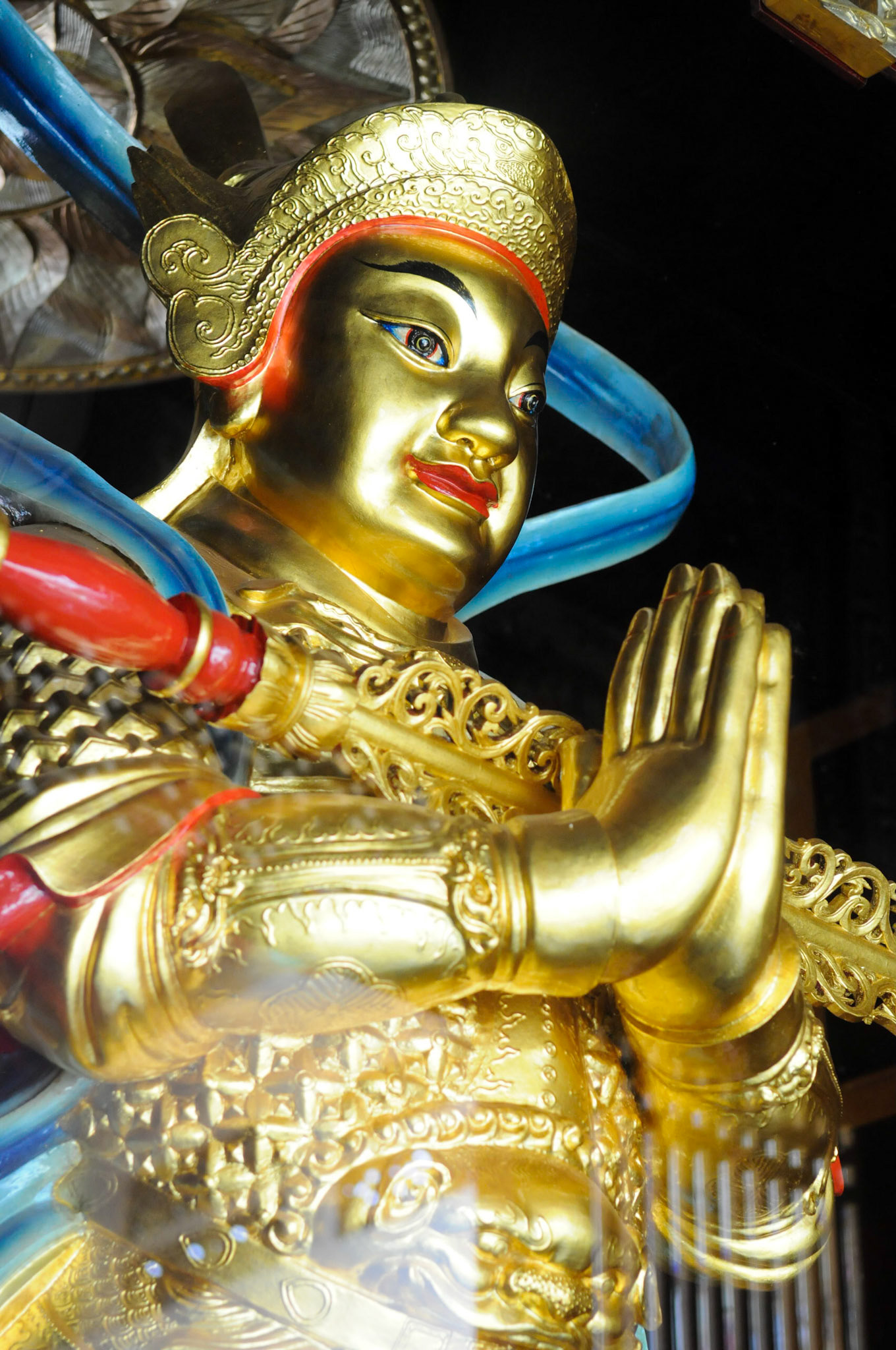

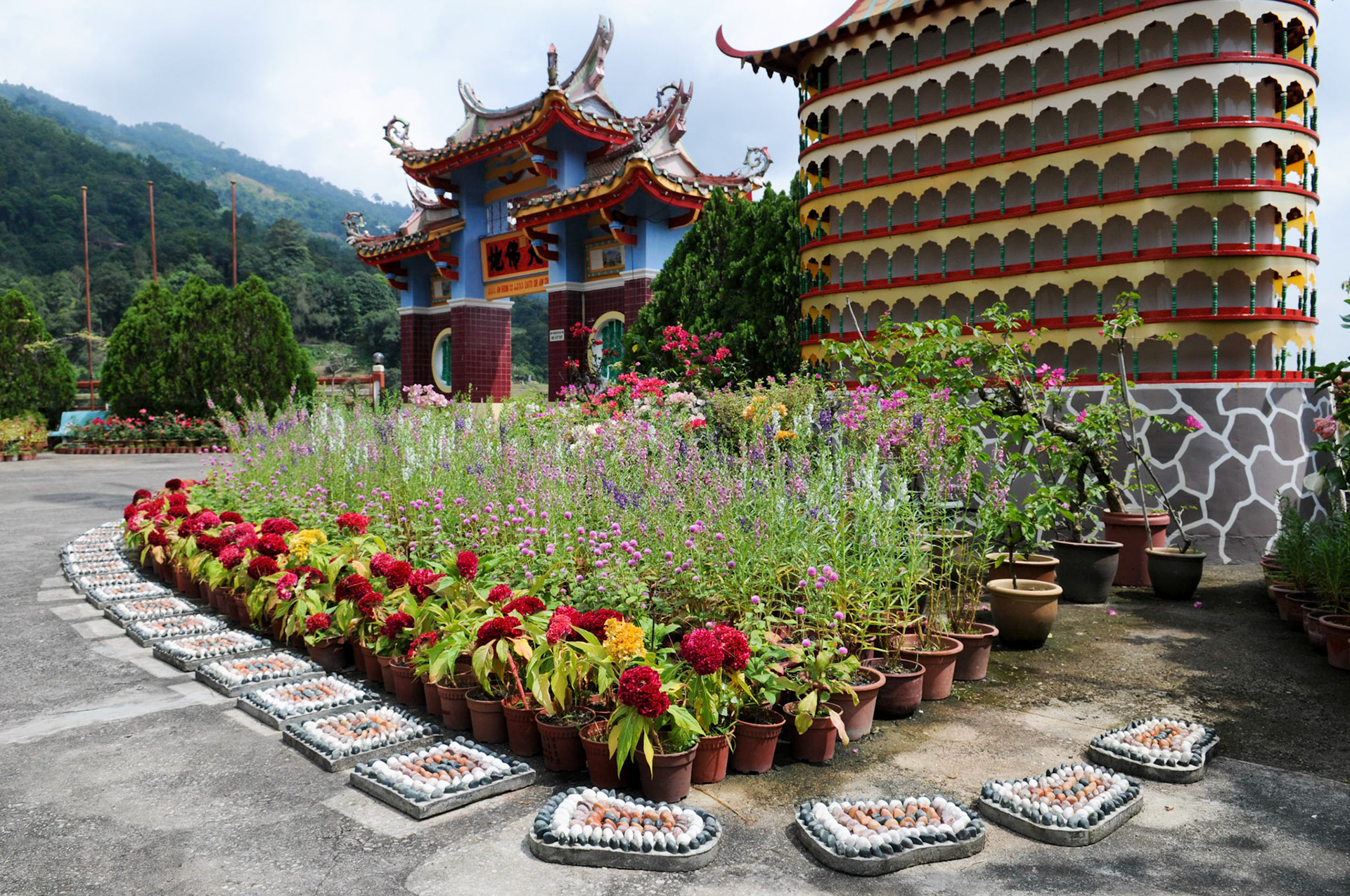
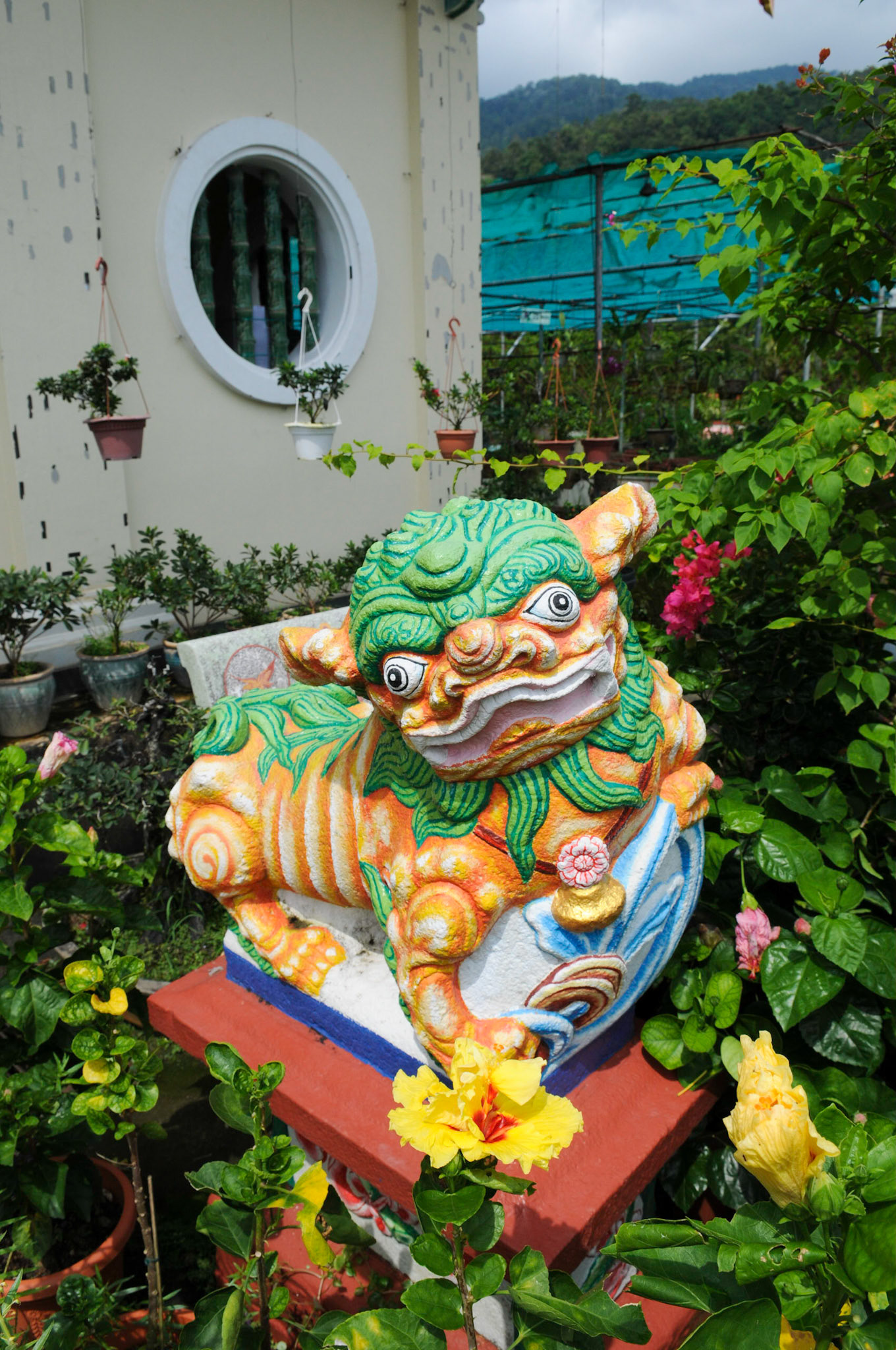
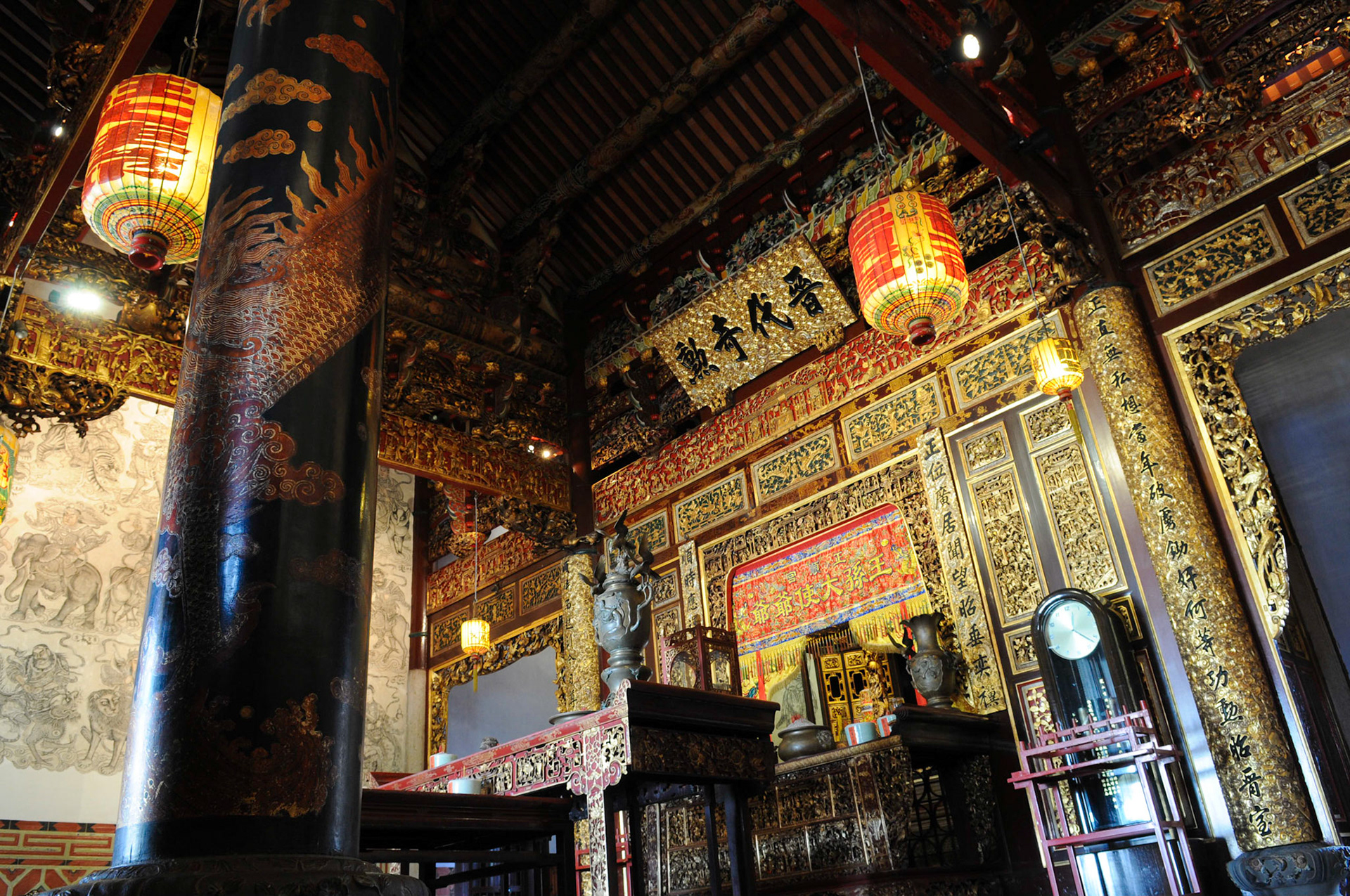


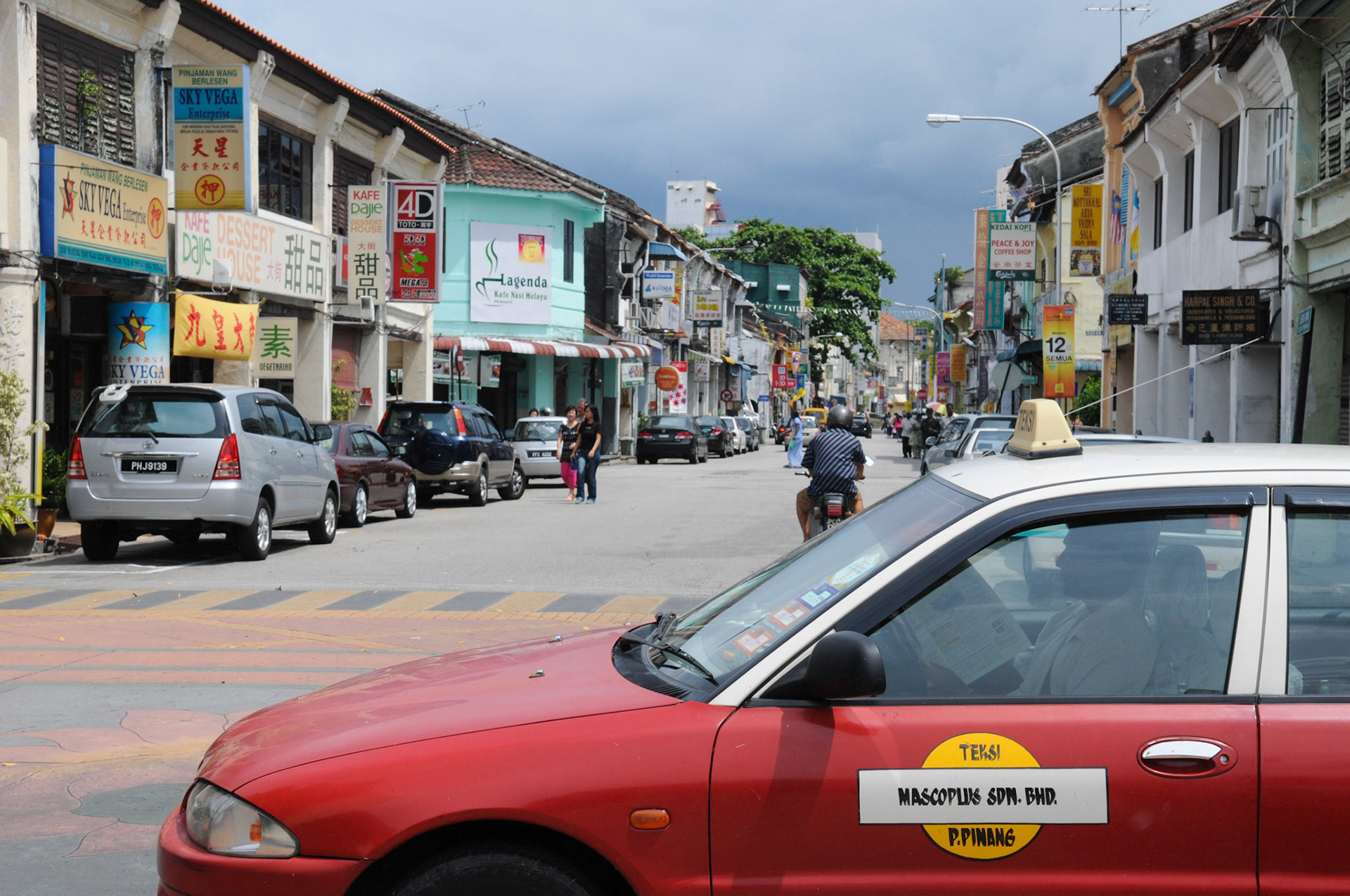
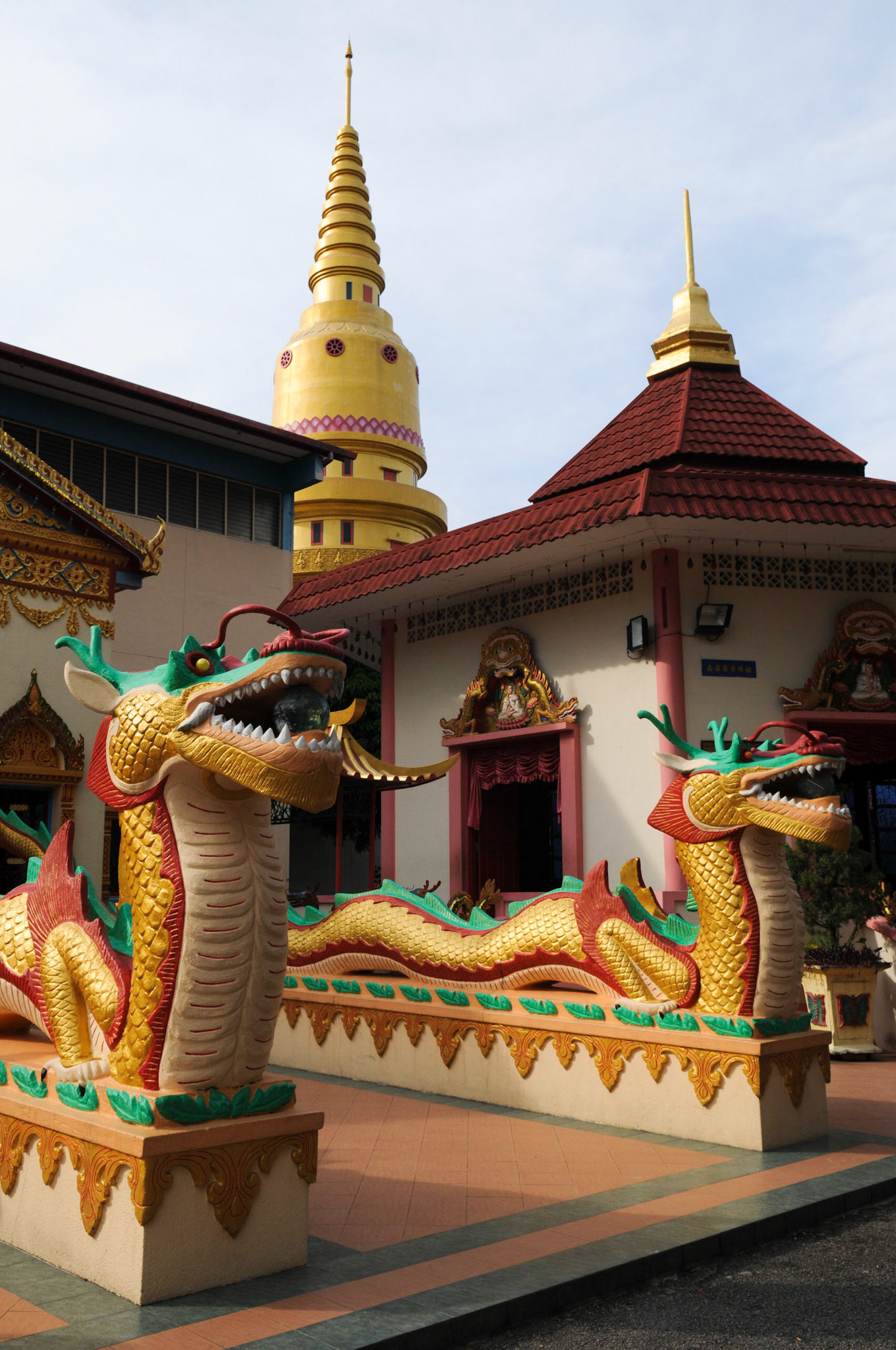
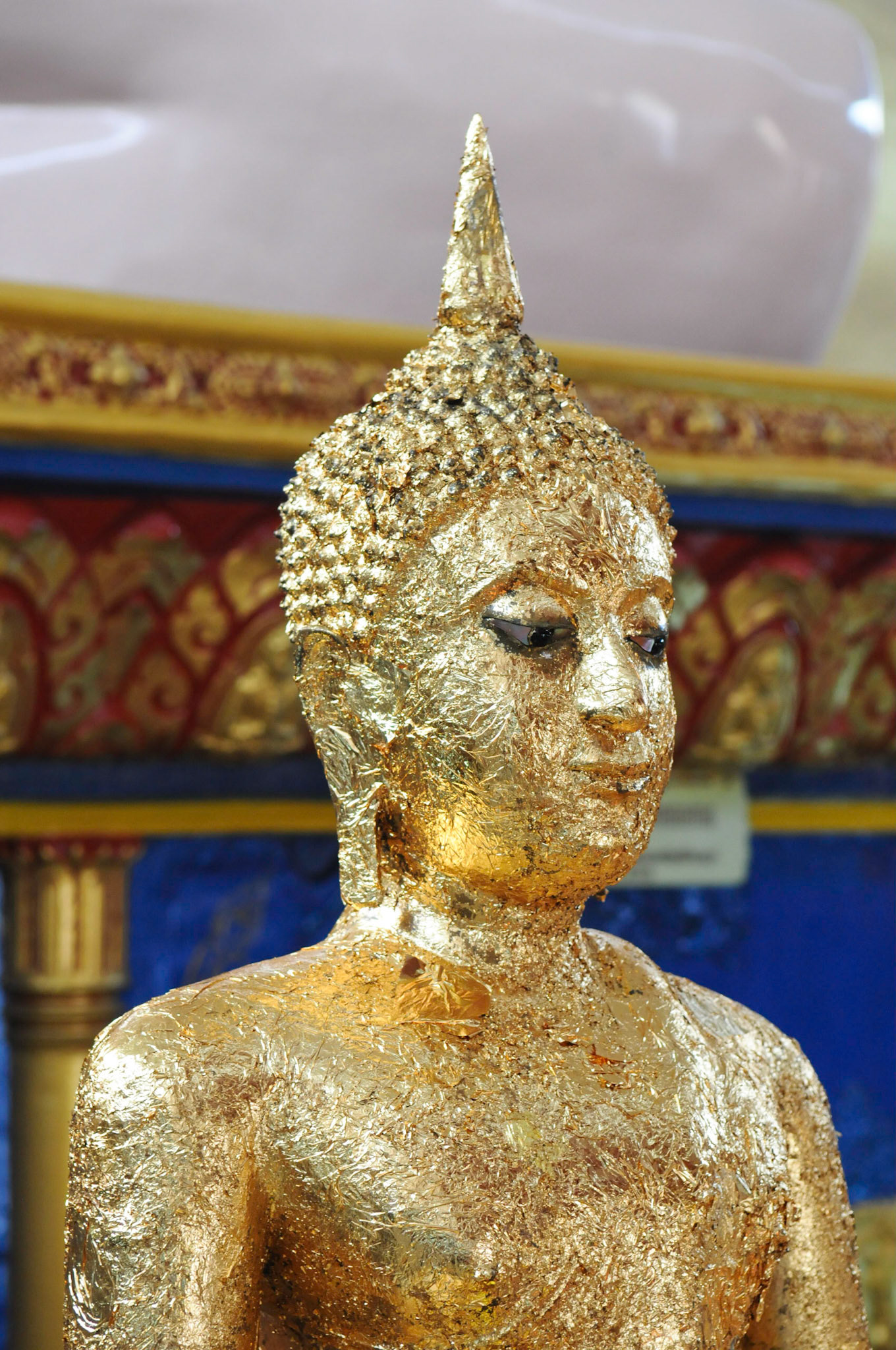



Rafflesia in Belum Valley
I am currently in the Belum Valley, an area in the north of peninsular Malaysia at the border with Thailand. The valley features one of the last virgin rainforests in the peninsula and can be visited navigating Tasik Temenggor, a huge artificial lake created in the 1970s. Nature lovers come to this area to explore the forest and to watch the wide range of animals that gather in the salt licks scattered around the lake.
Belum is famous for the Rafflesia. Named after a Sir Thomas Stamford Raffles, leader of the expedition who first discovered it in 1818, Rafflesia is a rare parasite plant which can be found only in Malaysia, Indonesia and the Philippines. The plant has no stems, leaves or roots but grows on vines of specific trees in the form of buds that blossom into beautiful flowers with five petals. Rafflesia is also famed for the strong smell which resembles that of rotting flesh (hence local names which translate to “corpse flower” or “meat flower”).
Belum hosts three of the 27 species that exist in southeast Asia. Today I had the privilege of admiring a blossomed Rafflesia Cantleyi which takes about nine months to blossom and features beautifully shaped red petals (photo below). If you are wondering, I did not smell rotting flesh…